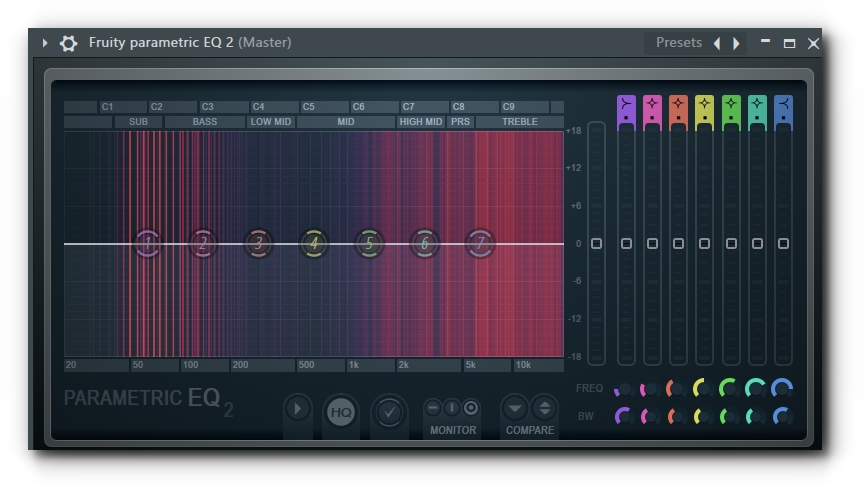
Often asked are the questions, “Why does my mix sound muddy?”. Why doesn’t it sound crisp?” The answers to these questions and resolving them are as simple as Equalizing frequencies. Perfecting this process however, takes patience.
GETTING STARTED
Awareness is always the best prevention. Being aware from the start of your track. Eliminate unwanted frequencies and set up to avoid a muddy mix. This is as simple as using a basic EQ. Sounds that only occupy a particular range can be handled before you even get started composing.
HIGH FREQUENCIES
- Hi-Hats
- Crashes
- Claps
- Shakers
- White Noise
These sounds and other high end percussion can be routed through a hi-pass filter. Eliminating their need to occupy any unwanted low or mid-range frequencies.
LOW FREQUENCIES
- 808’s
- Some Kick Drums
- Sub Bass Layers
- Bass Line
These sounds are meant to deliver nothing but low end. However, not all kick drums are sub bass. Based upon the sound you are attempting to achieve you can EQ low end frequencies in a couple of different ways.
Low Pass
If you apply a low pass filter this will eliminate most high and mid-range frequencies. This is best used for 808’s.
Notch
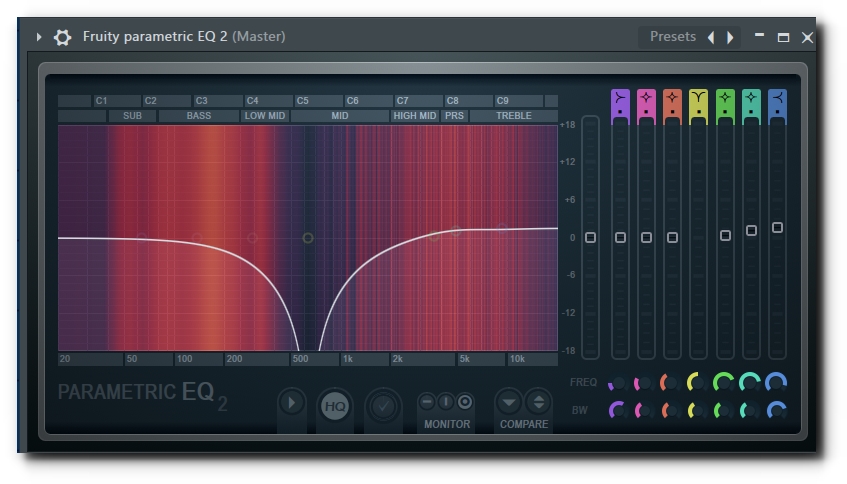
For things such as kick drums and bass lines, applying a notch filter can eliminate unwanted mid frequencies and allow only the low and high end to pass through. This is also a good practice when taking into consideration that not all speakers have the same frequency response.
Should a listener not have bass heavy speakers or headphones, leaving the higher frequencies lets the listener still hear that there is something there.
MID RANGE
Now that the sounds made by cymbals are in their respective range and the low end is kept out of the mid range, you have an almost blank mid-range to put pads, your rhythm and leads section.
FULL SPECTRUM FREQUENCY RANGE
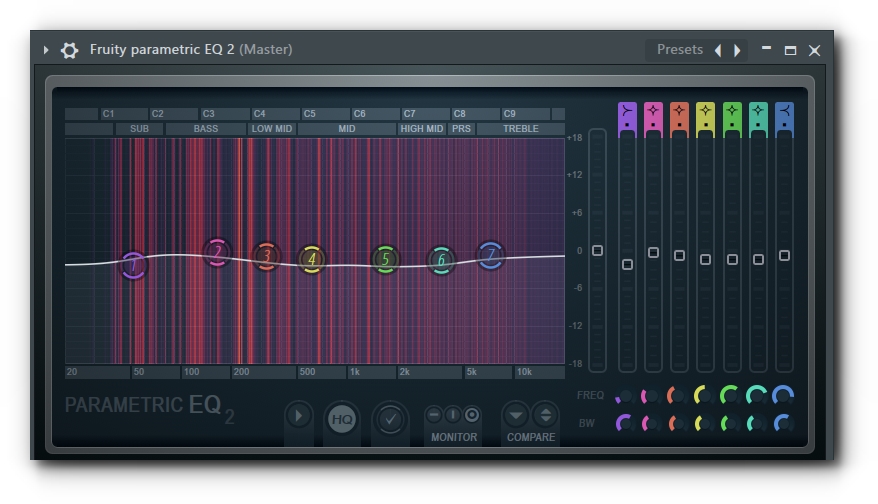
Once you’ve completed your track it should fill up the full spectrum frequency range.
Balanced.
Nothing should ever drown out something else due to volume or the fight for space. In this article not only have you learned about cleaner frequencies, your end result will also sound a little fuller as well.














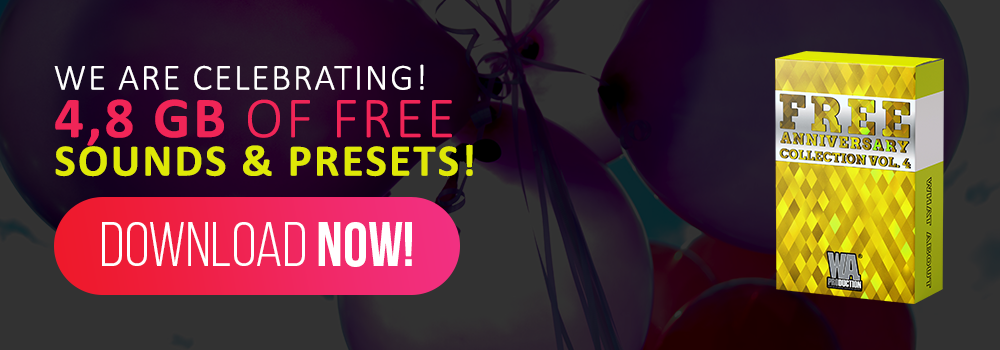
_Cropped.png?width=1600&name=02%20(2)_Cropped.png)




















Your Comments :